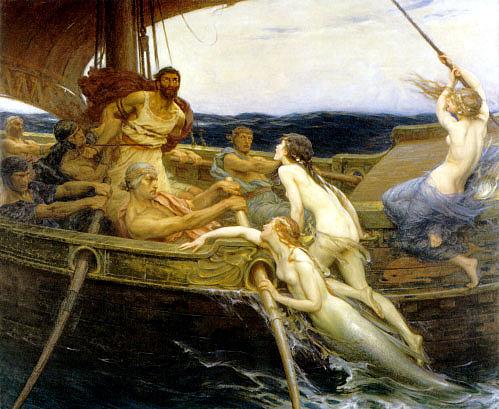Friday, July 18, 2008
Joseph Campbell and all mythological studies talk about the rites of manhood. I am about to turn into a legal adult.
This Buick is one physical 30,000 pound force that i have slain.
Thursday, June 12, 2008
GREAT REHEARSAL LAST NIGHT
The pictures of monsters below come from four different traditions. The first picture is entitled The Sea Monster, by Albrecht Durer. It is an engraving from around 1498.
The secound picture is The Head of the Medusa by Pieter Pauwel Rubens, from 1617. It shows the severed head of the mythological monster.
The third picture is from a Japanese movie. From a mere film, Godzilla, King of the Monsters has become a major export product of Japan.
The fourth picture is a different approach to monsters. It is the DVD cover of Pixar's Monsters, Inc.
Picture 1: The Sea Monster (Durer)

Picture 2: A mythological monster: The Head of the Medusa by Rubens

Picture 3: Godzilla, the King of the Monsters

Picture 4: Pixar's Monsters, Inc.

what ever.
Friday, May 2, 2008
Wednesday, April 30, 2008
Tuesday, April 29, 2008
Sirens- A different kind of montser.

Sirens are sea demons, half woman and half bird. They are remarkable singers. According to the oldest legend Sirens lived on an island in the Mediterranean and attracted sailors passing nearby with their music. The ships would thus approach rocky coast and got ruined. The Sirens then devoured the imprudent sailors.
Sirens, like harpies, partake of women and of birds, in various ways. In early Greek art sirens were represented as birds with large women's heads, bird feathers and scaly feet and sometimes manes of lions. Later, they were represented as female figures with the legs of birds, with or without wings playing a variety of musical instruments, especially harps. The tenth century Byzantine encyclopedia Suda says that from their chests up Sirens had the form of sparrows, below they were women, or, alternatively, that they were little birds with women's faces. Birds were chosen because of their characteristic, beautiful voices. Later Sirens were sometimes also depicted as beautiful women, whose bodies, not only their voices, are seductive. The fact that in Spanish, French, Italian, Polish, Romanian or Portuguese, the word for mermaid are respectively Sirena, Sirène, Sirena, Syrena, Sirenă and Sereia creates visual confusion, so that sirens are even represented as mermaids. "The sirens, though they sing to mariners, are not sea-maidens," Harrison cautions; "they dwell on an island in a flowery meadow."
n Argonautica (4.891-919) Jason had been warned by Chiron that Orpheus would be necessary in his journey. When Orpheus heard their voices, he drew out his lyre and played his music more beautifully than they, drowning out their voices. One of the crew, however, the sharp-eared hero Butes, heard the song and leapt into the sea, but he was caught up and carried safely away by the goddess Aphrodite.
Odysseus was curious as to what the Sirens sounded like, so, on Circe's advice, he had all his sailors plug their ears with beeswax and tie him to the mast. He ordered his men to leave him tied to the mast, no matter how much he would beg. When he heard their beautiful song, he ordered the sailors to untie him but they stuck to their orders (or they couldn't hear him). When they had passed out of earshot, Odysseus demonstrated with his frowns to be released (Odyssey XII, 39).
Some post-Homeric authors state that the Sirens were fated to die if someone heard their singing and escaped them, and that after Odysseus passed by they therefore flung themselves into the water and perished. A varying tradition associates this event with their encounter with Jason, though the incident does not appear in Apollonius Rhodius's Argonautica. Many scholars believe the above vase depicts a drowning attempt on the part of one of the Sirens.
It is also said that Hera, queen of the gods, persuaded the Sirens to enter a singing contest with the Muses. The Muses won the competition and then plucked out all of the Sirens' feathers and made crowns out of themI chose to research sirens because I found it interesting that they are in fact monsters, but contradict the stereotype appearance wise, which I thought was cool.
Monday, April 28, 2008
What exactly is the Boogeyman?





